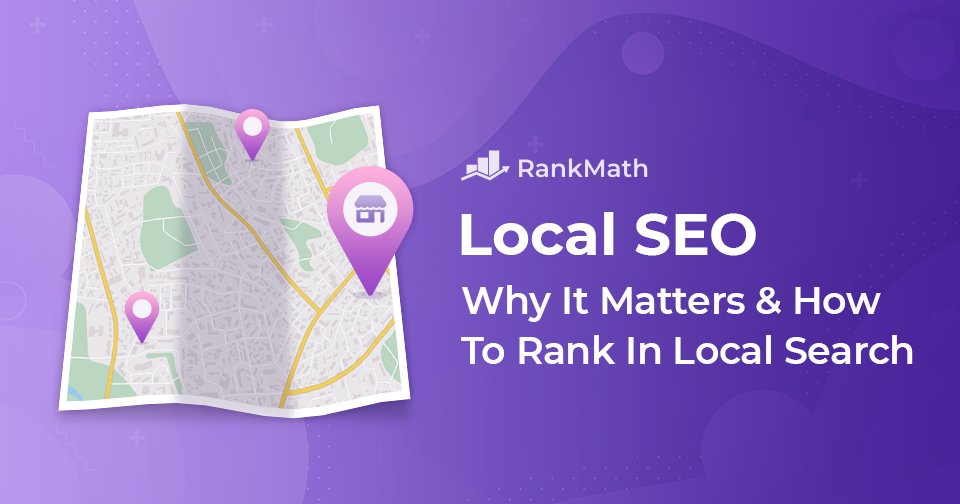Local SEO has changed dramatically over the years. It used to be about adding your business details to Google and using near me keywords to appear in the map pack.
But today, search engines have become far smarter.
If you want to stay visible, it’s no longer enough to check the basic SEO boxes. You need to show genuine relevance, authority, and authenticity in your local community.

In this post, you’ll learn how to you’ll learn how to adapt your local SEO strategies in AI, so your business stays visible, trusted, and ahead of the competition.
Table Of Contents
- How AI is Transforming Local Search
- Core Pillars of Local SEO in the AI Search Era
- Go Beyond Google: Expand Your Local Presence
- Use AI Tools and Google Alerts
- Visual, Voice, and Multi-Platform Optimization
- Measure Local SEO Success in the AI Era
- Local SEO Strategies in AI: Key Takeaways for Staying Visible and Trusted
1 How AI is Transforming Local Search
The way audiences find local businesses is changing fast. In the past, ranking in Google’s local 3-pack or optimizing your Google Business Profile was enough to stay visible.
But now, with AI-driven search systems, the process looks very different. AI tools like AI Overviews, Bing Copilot, and ChatGPT’s search capabilities don’t just show a list of nearby businesses; they summarize what’s most relevant, trustworthy, and useful for the user.
Let’s look at how this shift is changing local SEO for you and every business owner.
1.1 From Map Packs to AI Overviews
You’ve probably noticed that Google’s AI Overviews now appear above or even replace the traditional map pack for many local queries. Instead of showing three nearby options, AI creates a summary based on what it finds most reliable across the web.
For example, if someone searches best Thai restaurant in downtown Chicago, the AI might generate a concise overview highlighting several top restaurants, linking to reviews, menus, and photos from multiple sources.
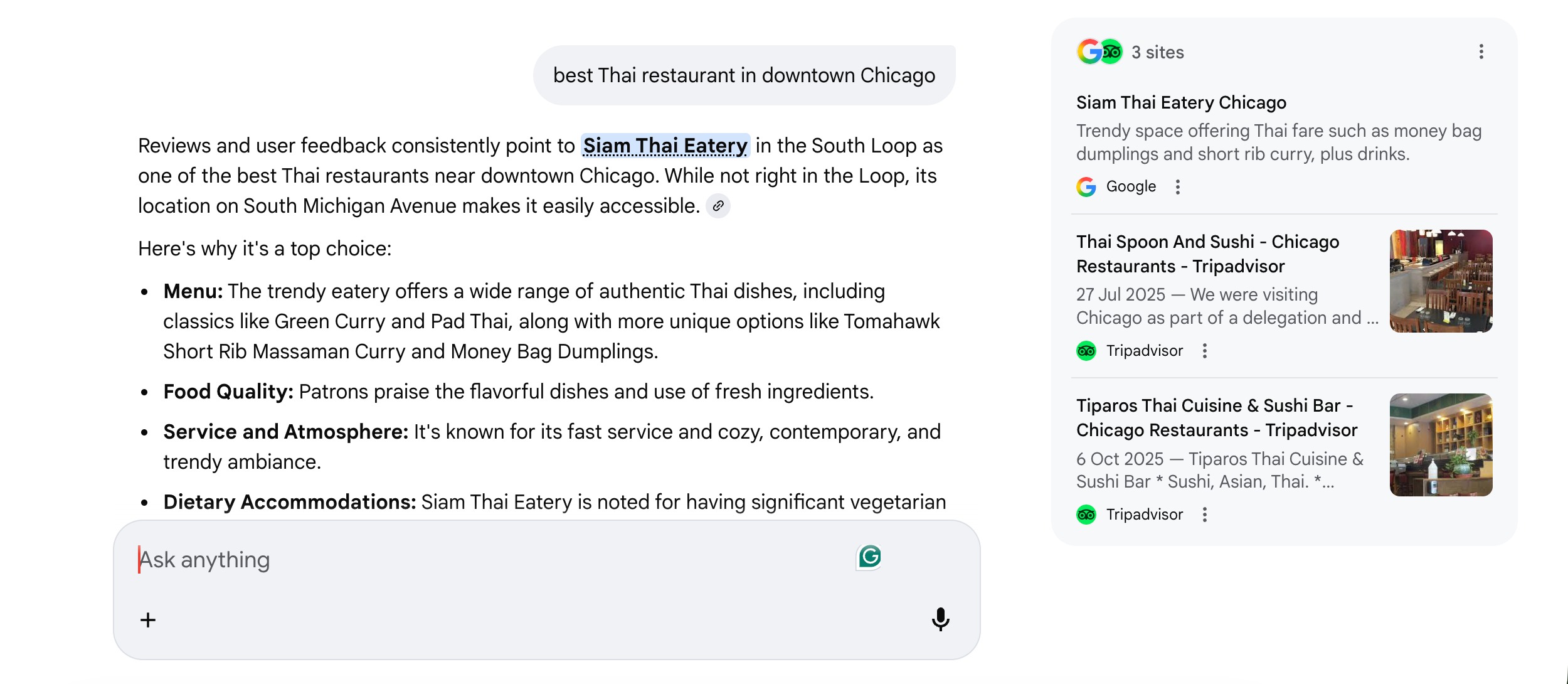
However, not every search behaves the same way. When users perform navigational searches like Starbucks near me, Google still shows maps because it’s clear they’re looking for directions or a specific place.
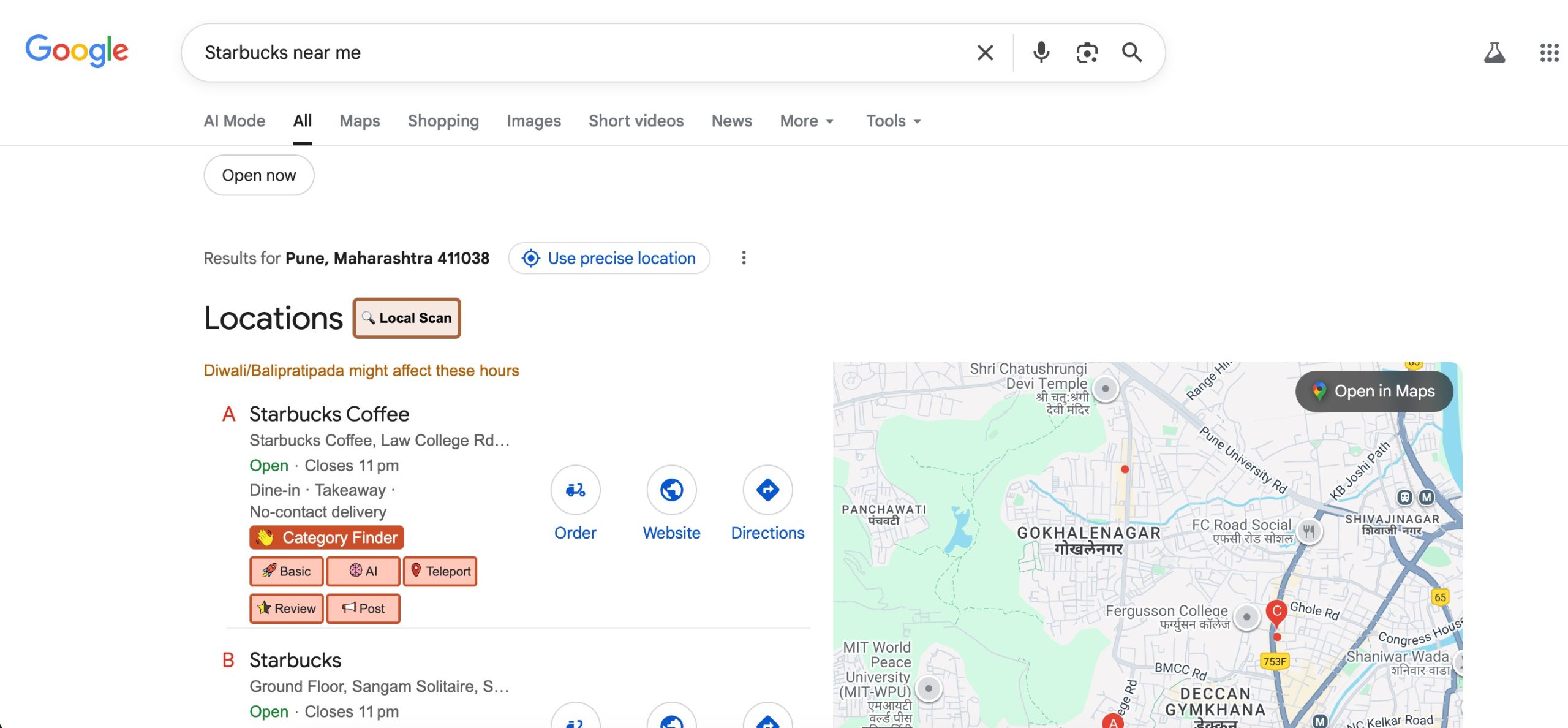
For informational or commercial searches, such as affordable wedding photographers in Austin or pet-friendly cafes in Brooklyn, AI summaries and review aggregations often take the lead.
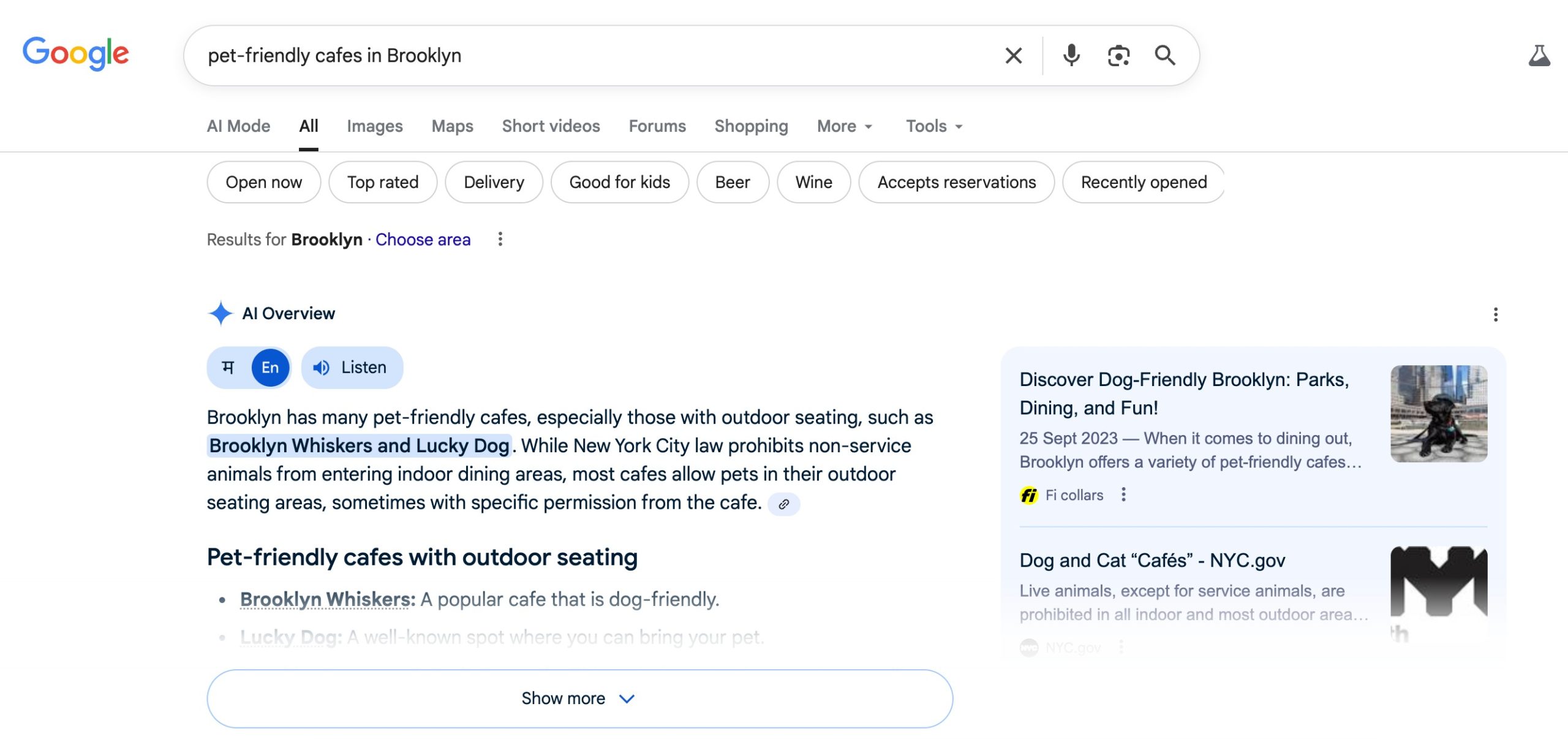
This change means you’re no longer just competing for a spot in the map pack. You’re competing to be mentioned in AI-generated results, which depend heavily on how well your business is represented and trusted online.
1.2 Rise of Multi-Source Local Discovery
AI doesn’t rely solely on Google. It pulls data from local blogs, Yelp, TripAdvisor, TikTok, YouTube, and community forums.
That means what the audience says about your business outside your website can influence AI-driven search visibility.
For instance, a YouTube video where someone visits your cafe, a TikTok showing your clothing store’s new collection, or a Reddit thread where locals recommend your cafe can all help your business show up in AI summaries.
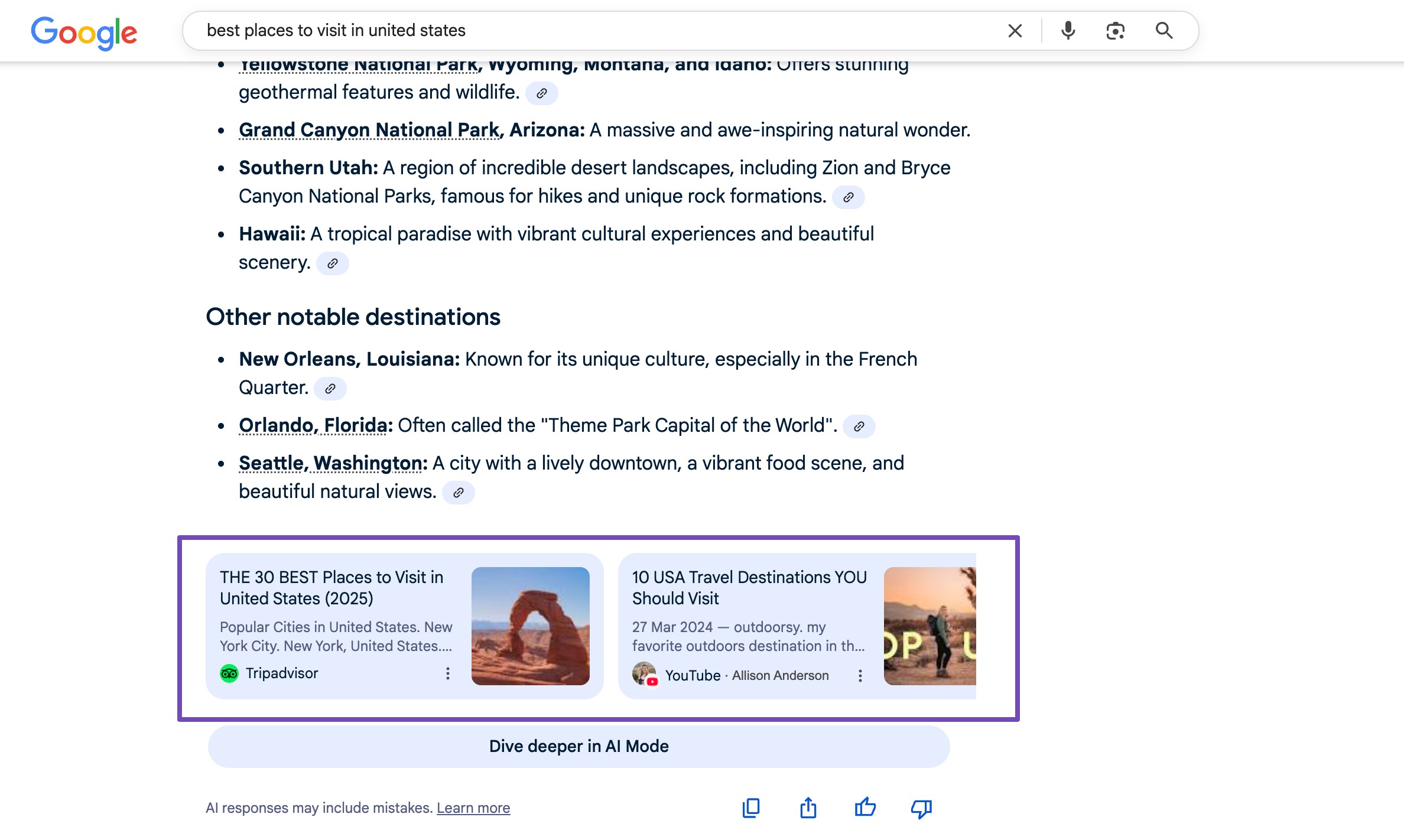
AI tools now look at what audiences are saying, in videos, posts, and comments, to understand which local businesses are genuinely trusted and talked about.
The more your business is mentioned naturally and consistently across these places, the more likely AI is to recognize it as a reliable option for local searches.
1.3 Intent Reclassification by AI
AI now looks at what audiences really mean when they search, not just the words they use. Every search usually falls into one of three types:
- Navigational: When someone wants to find a specific place. For example, Sunrise Dental Clinic near me.
- Commercial: When someone is comparing options before making a choice. For example, the best hair salons in San Diego or affordable plumbers nearby.
- Informational: When someone is looking for guidance or tips. For example, how to choose a local moving company or what to ask before hiring a real estate agent.
AI shows results in different ways depending on the type of search. It might show a map when someone is looking for directions, an AI summary when visitors are comparing options, or a list of helpful articles when the goal is to learn something.
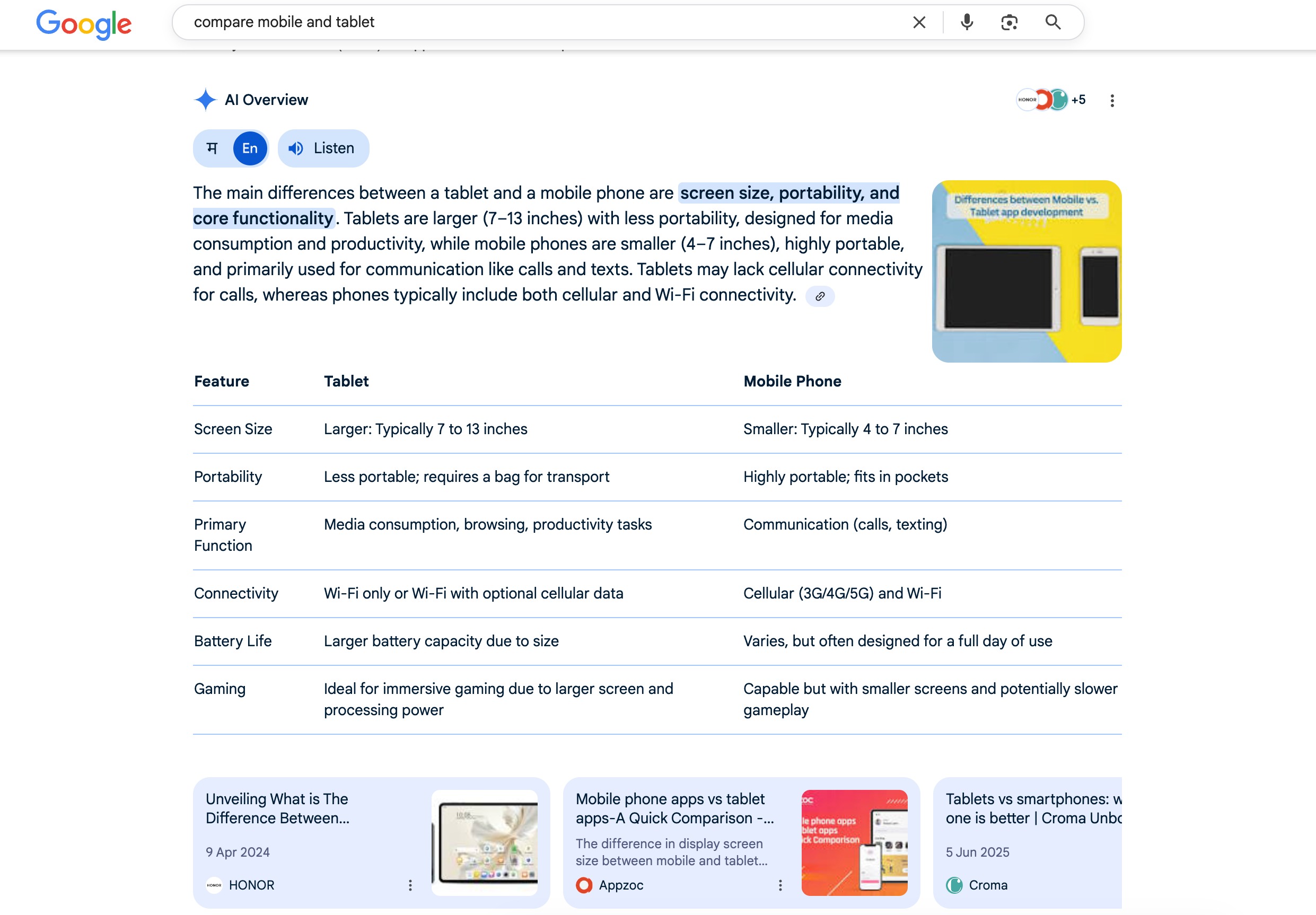
For you, this means thinking about what your customers are trying to do, find you, compare you, or learn from you, and creating the right kind of content for each type of search.
1.4 What It Means for Local Businesses
AI now rewards trust, engagement, and consistency, not just listings or citations. Ensure your business is visible across:
- Your website and Google Business Profile
- Review sites and local directories
- Social media and community discussions
The more complete and authentic your online presence, the more likely AI will recognize you as a top local choice.
2 Core Pillars of Local SEO in the AI Search Era
To stand out in AI-driven search results, you need to focus on the key elements that help search systems understand, trust, and recommend your business. Let’s discuss the core pillars of local SEO in the AI search era.
2.1 Strengthen Foundational Signals
Start by making sure your Google Business Profile is accurate and up to date.
Add your correct address, phone number, opening hours, and photos, and keep it active by posting updates or responding to reviews.
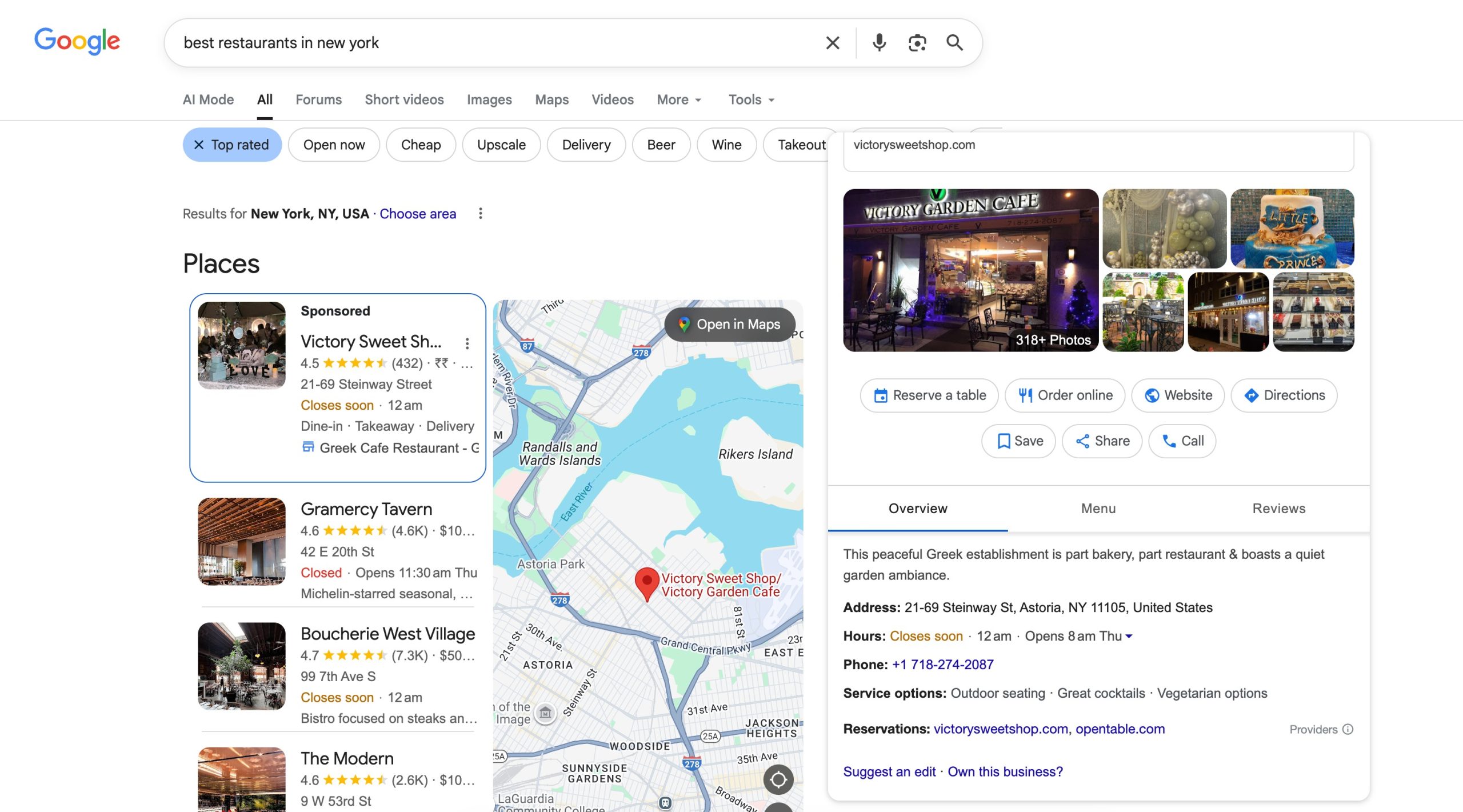
Next, ensure that your business name, address, and phone number are consistently written the same way across all platforms, including your website, social media pages, and local listings. Small differences, like abbreviations or old phone numbers, can confuse search systems.
Add Schema markup to your website. This is a small piece of code that tells search engines important details about your business, like your location, services, and customer reviews.
Finally, make sure your website loads quickly, works well on mobile, and has a secure connection (HTTPS). These small steps show AI systems that your business is reliable and user-friendly.
2.2 Add Photos with Location Data
You should add photos of your business that include location data. When you upload pictures with location details, it helps search engines confirm that your business actually exists in that area.
Share photos of your shop, your staff at work, or local events you’re part of; these make your listing look genuine and active.
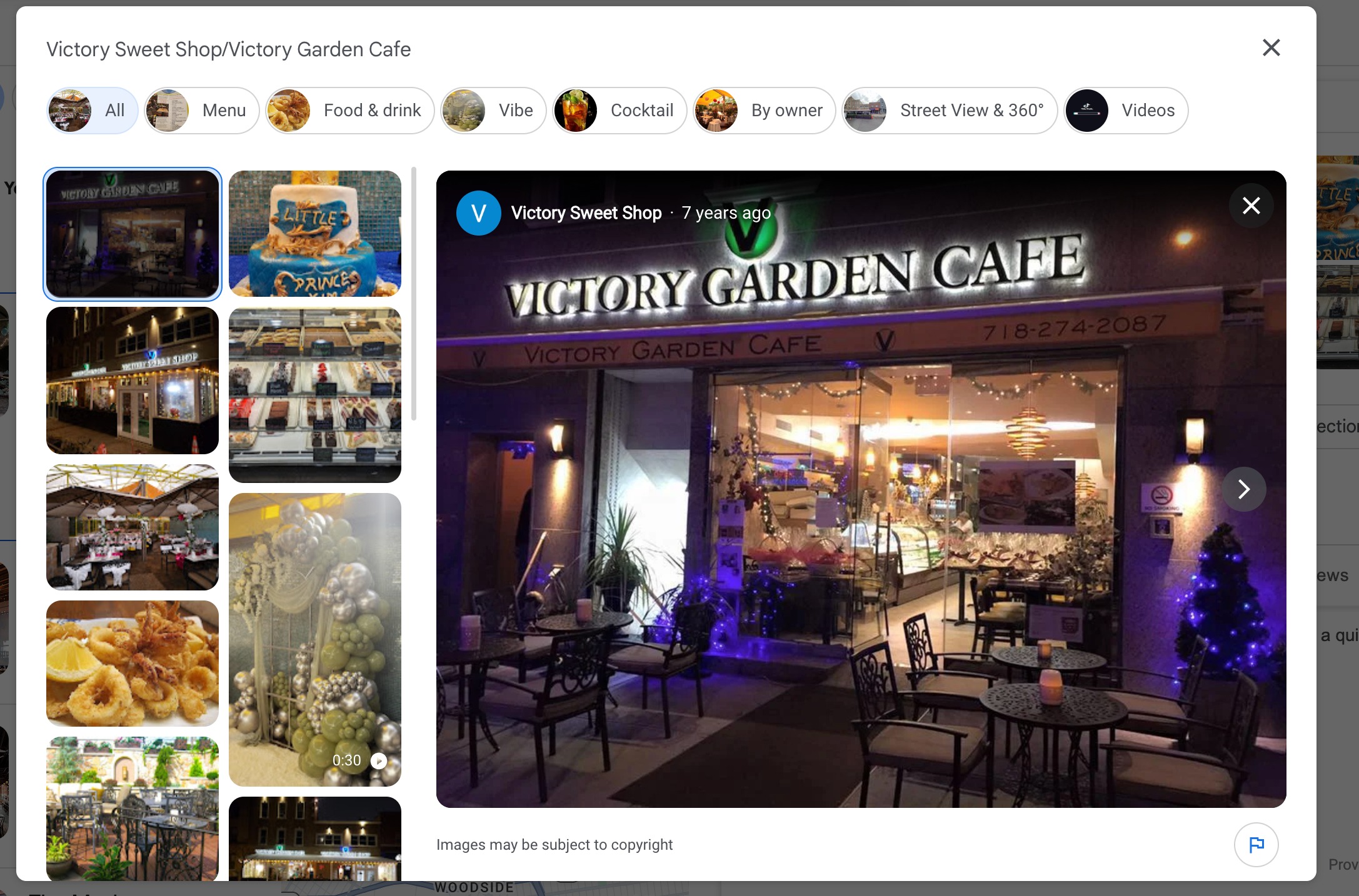
For instance, if you run a bakery in Austin, upload photos showing your store sign, your team serving customers, and your stall at a local farmers’ market.
These images, when tagged with your location, help AI and search engines trust that your business is truly local.
2.3 Encourage Customer Reviews with Location References
Ask your customers to include the location name when they leave a review. This helps search engines connect your business with that area.
For example, instead of a general comment like “Great service,” encourage something like “Excellent service at the Chicago branch of ABC Dental.”
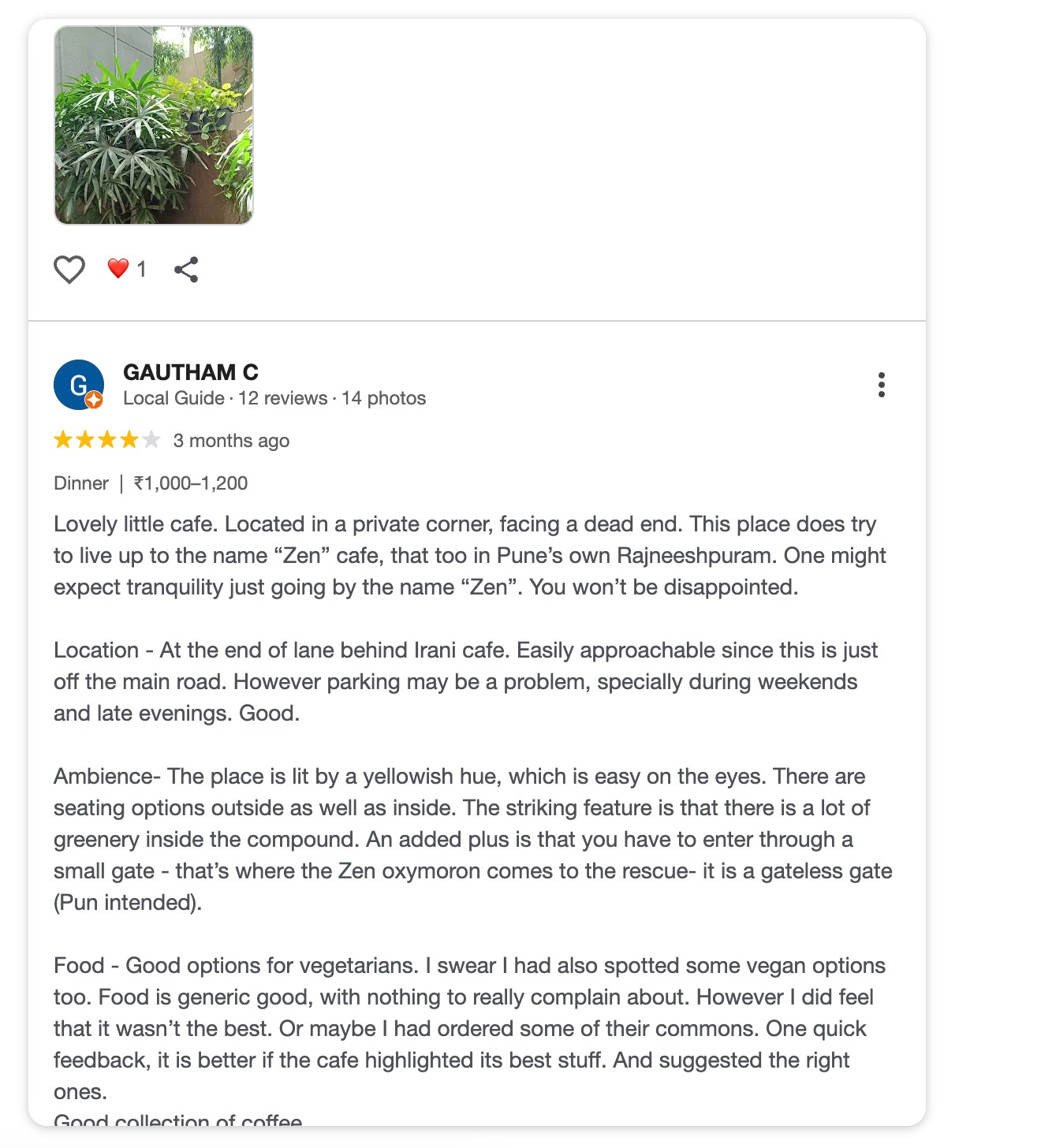
Always reply to reviews, whether positive or negative; it shows you value feedback, and AI systems notice this kind of engagement.
You can also:
- Display reviews on your website so visitors can see what others think.
- Share positive reviews on your social media pages.
- Collaborate with local newspapers, blogs, or community websites, a short mention or link from them helps more visitors discover your business.
These steps help you build trust with both your community and search engines.
You can also display your best local reviews on your website using the Review Schema.
Write about what matters to your local community. You can share posts about neighbourhood events, local tips, or seasonal offers relevant to your area.
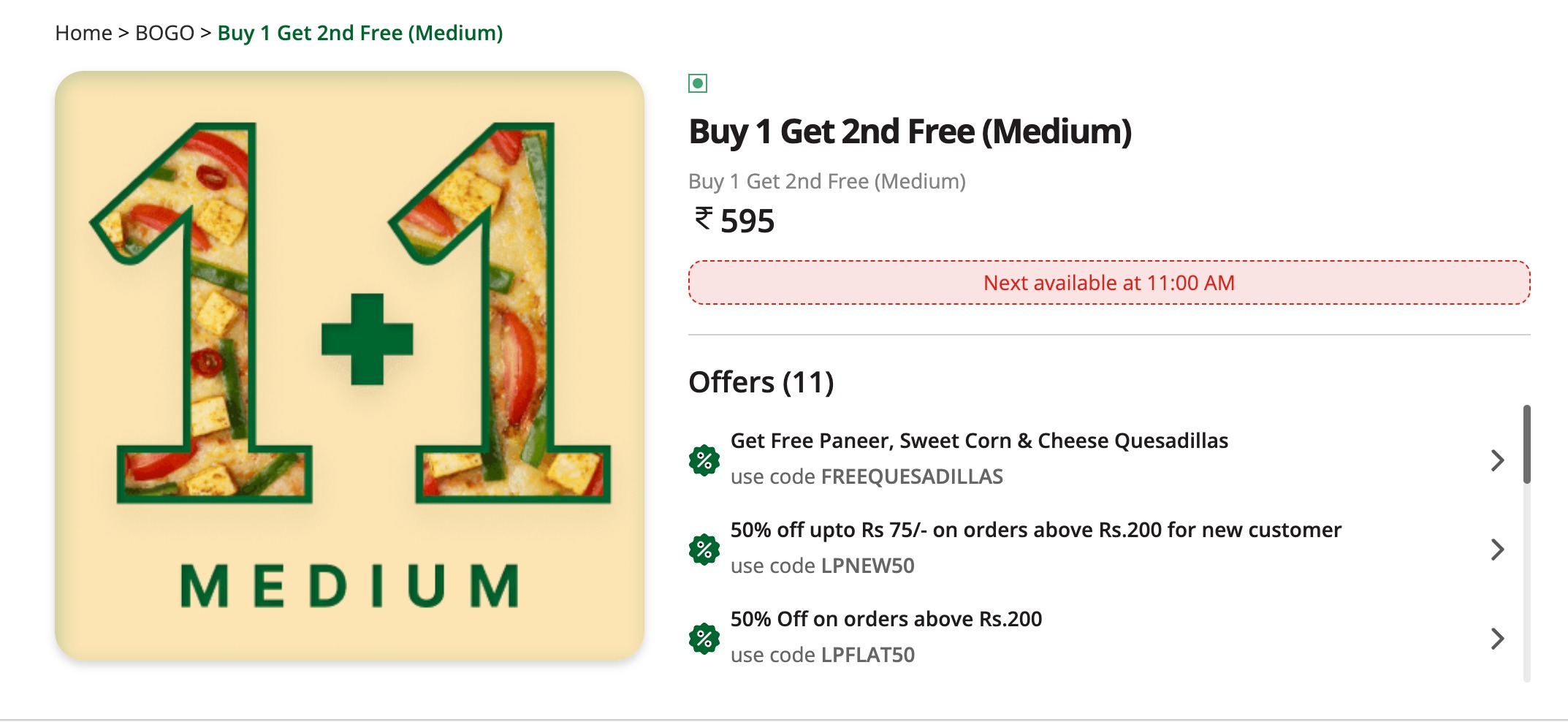
2.5 Create Location Pages with a Home Page Layout
Each location page on your website should feel complete on its own, like a smaller version of your main homepage.
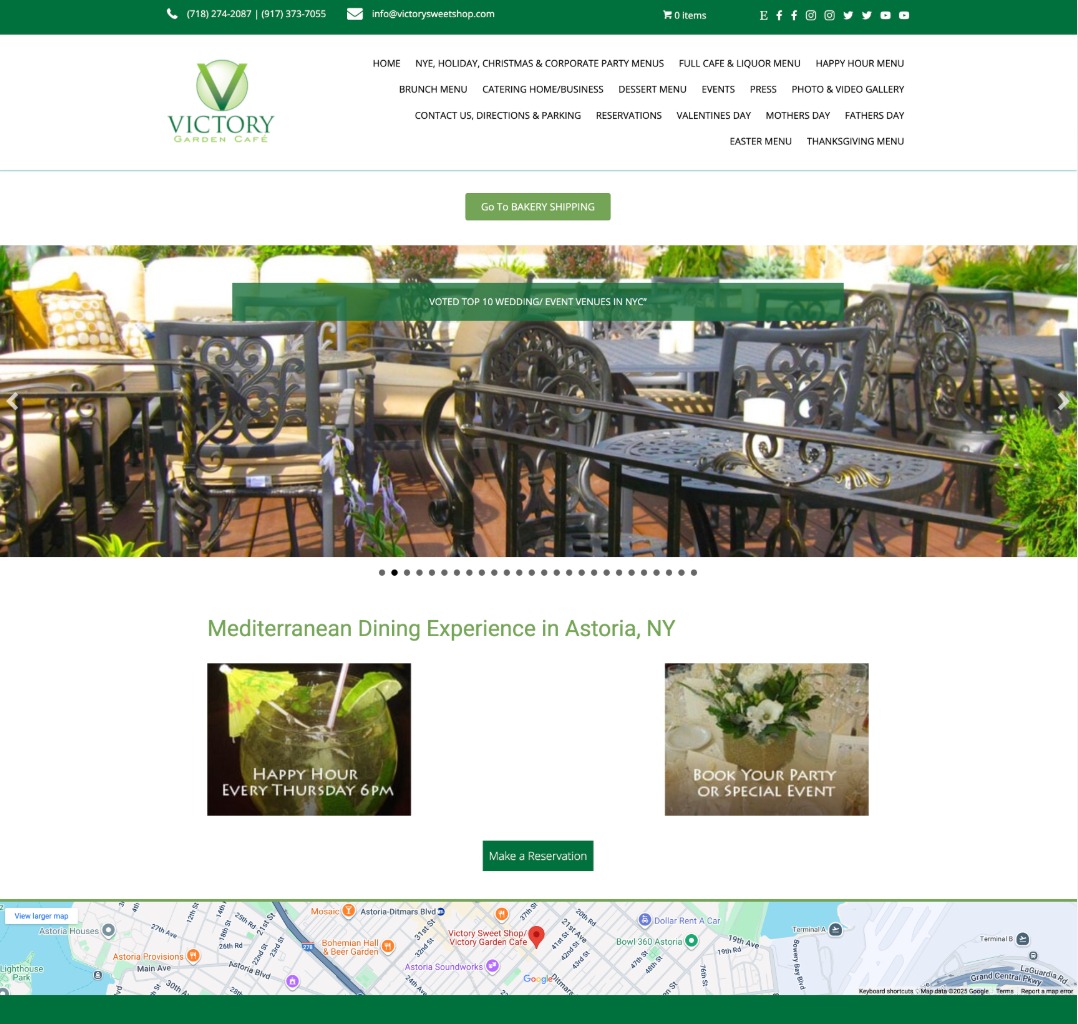
Include details such as:
- Services offered at that location
- Customer reviews and testimonials
- An embedded Google Map and contact details
- Photos of your team and local events
3 Go Beyond Google: Expand Your Local Presence
You shouldn’t rely only on Google to help visitors find your business. AI tools and search engines like Bing, Apple Maps, and ChatGPT also use their own data to show local results. By being visible on all these platforms, you make it easier for customers and AI to discover your business.
3.1 Optimize Your Business for Bing Maps
Set up or claim your profile on Bing Places for Business to help visitors find you through Bing searches and maps.
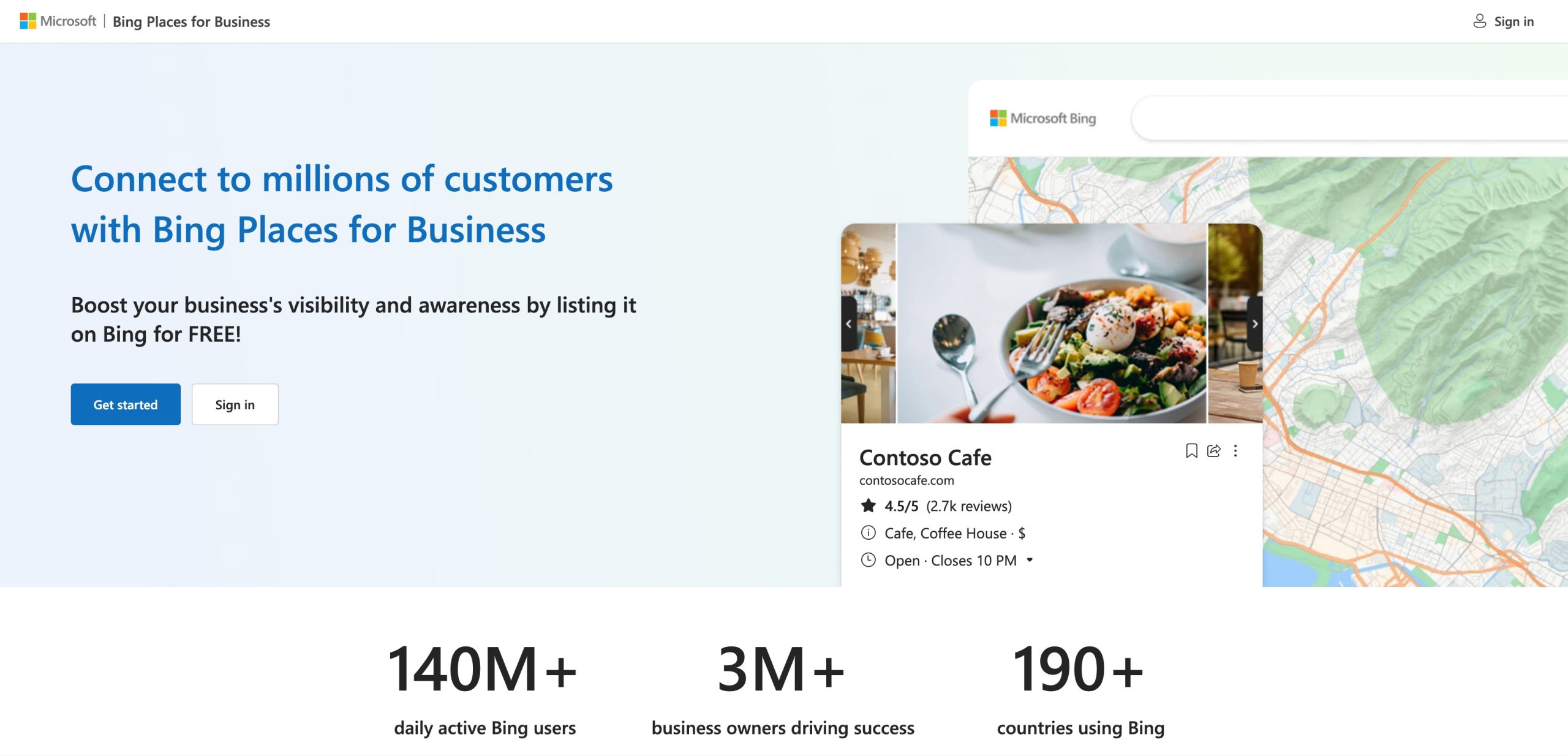
Here’s what you should do:
- Add complete and accurate details: business name, address, phone number, hours, and services.
- Upload photos that include location data (geo-tagged) to confirm your local presence.
- Keep your information updated: AI tools use this data to show your business in Bing Copilot and ChatGPT results.
3.2 Optimize for Other Credible Local Directories
Don’t stop with Google and Bing. Many visitors and AI systems rely on other trusted platforms to find local businesses. You should:
- List your business on Apple Maps, Yelp, TripAdvisor, Foursquare, and any industry-specific directories.
- Keep your Name, Address, and Phone number (NAP) the same across every listing.
- Add photos, short business descriptions, and customer reviews to make each profile complete.
3.3 Appear Everywhere
AI tools collect information from all over the web, so you want your business to show up wherever possible.
Here’s how you can do that:
- Be active on Google, Bing, Apple Maps, and major social media platforms.
- Share regular updates, offers, and short videos about your business.
- Join local forums or Facebook groups where people discuss services in your area.
The more consistently your business appears online, the more likely AI systems are to recognize it as trustworthy and show it in local search results.
4 Use AI Tools and Google Alerts
You can use AI tools and Google Alerts to stay updated and improve your local SEO efforts.
You can use Rank Math’s Content AI. It helps you find local topics visitors are searching for, suggest keywords, and guide you in writing better content for your area.
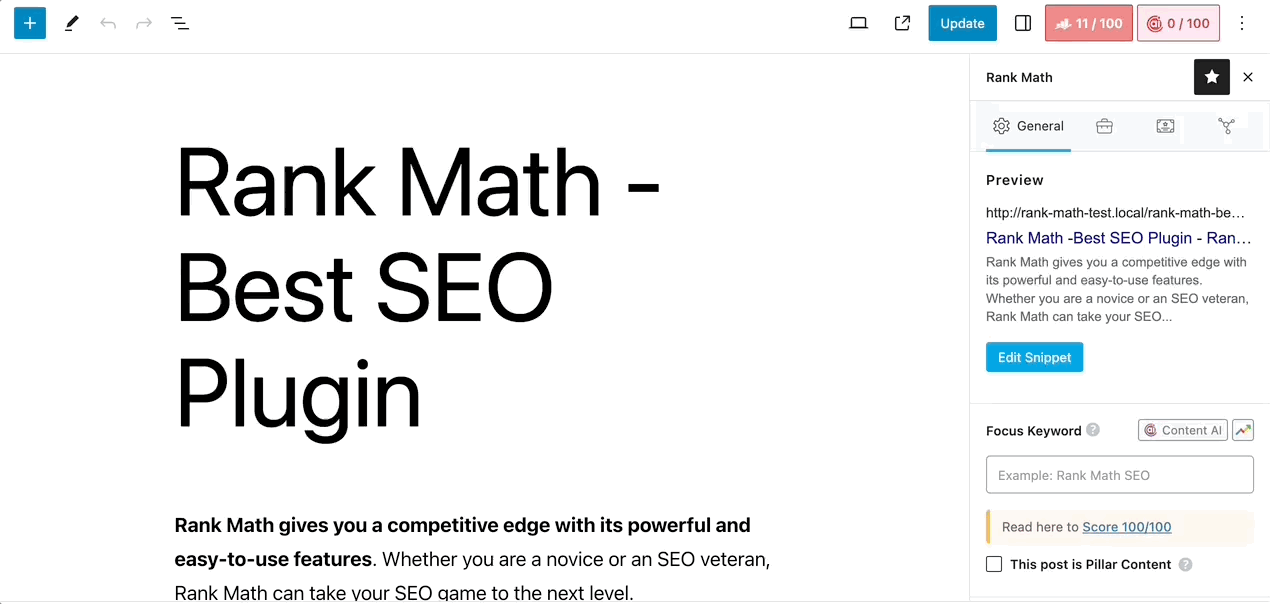
Next, set up Google Alerts to keep track of what’s being said about your business and your area.
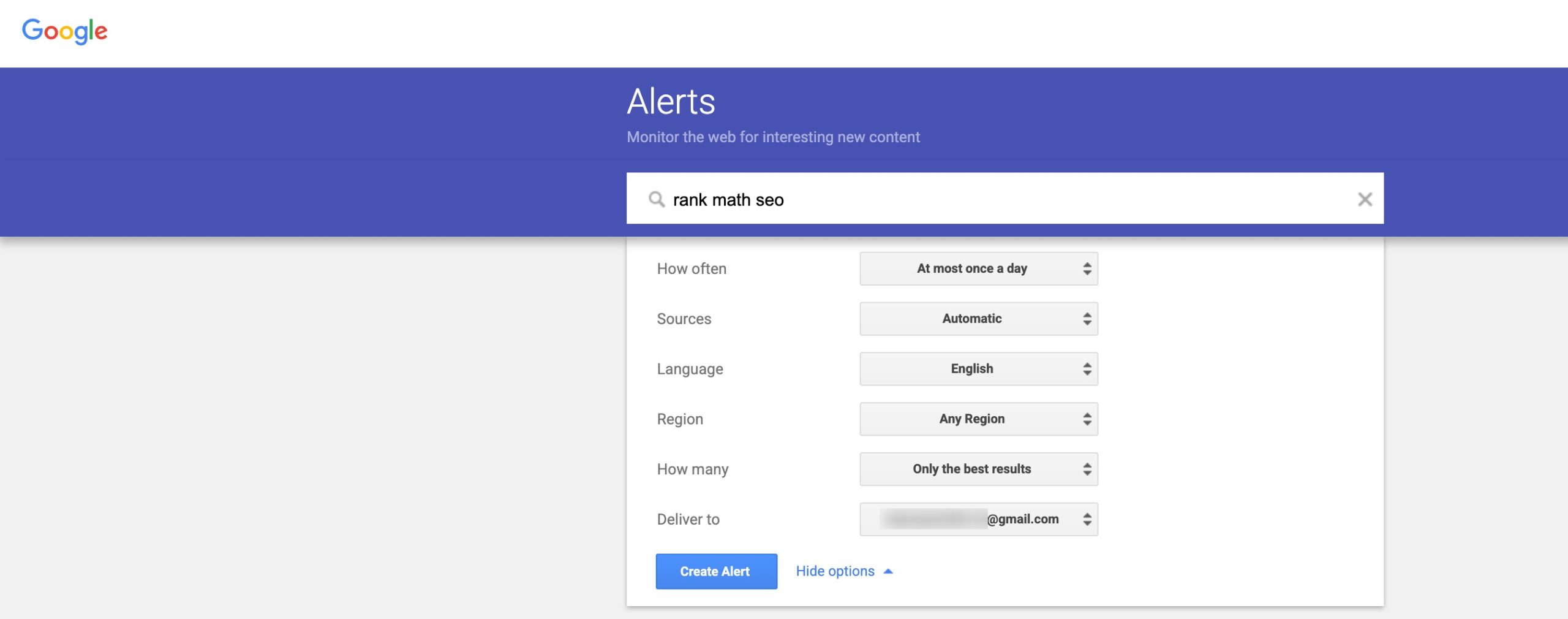
You can create alerts for:
- Your business name: to see when someone mentions you online.
- Your city or region: to follow local news or events you could participate in.
- Your competitors: to learn what others in your industry are doing.
This way, you’ll know when someone talks about your business or area and can respond quickly, share useful updates, or use local trends to create new content. It’s a simple way to stay informed and stay visible.
5 Visual, Voice, and Multi-Platform Optimization
To reach more local customers, you need to make your business easy to find through videos, voice searches, and different platforms.
- Add local videos: Create short videos or YouTube shorts showing your store, services, or team, and include local keywords in the title or description. Example: Tour our bakery in Austin or Best pizza in Brooklyn – behind the scenes.
- Optimize for voice search: Many visitors now use voice assistants instead of typing. Use natural, conversational phrases in your content that sound like real questions and answers. Example: Instead of writing best dentist Boston, write Who is the best dentist near Boston Common?
- Use a speakable Schema: This helps devices like Alexa or Google Assistant read parts of your content out loud. Add it to important information such as your business description, services, or FAQs.
6 Measure Local SEO Success in the AI Era
In the AI era, you can’t rely only on keyword rankings to measure your success. AI-driven search focuses more on visibility, mentions, and engagement.
Here’s what you should track:
- AI Overview presence: Check if your business or website appears in AI-generated summaries or responses.
- Brand mentions: See how often your business is mentioned on social media, Reddit, or review sites.
- Review growth: Track the number and quality of new customer reviews over time.
Use helpful tools such as:
- Google Search Console.
- Brand monitoring tools to track mentions and feedback across the web.
By focusing on these areas, you’ll get a clearer picture of how your business performs in AI-driven search, not just in rankings, but in overall visibility and local reputation.
Local SEO Strategies in AI: Key Takeaways for Staying Visible and Trusted
Local SEO strategies in AI require more than just basic optimization, they demand authenticity, consistency, and relevance across all platforms. To stay visible and trusted, your business must maintain a strong presence on Google, Bing, social media, review sites, and local communities.
By focusing on foundational signals, locally relevant content, customer reviews, and multi-platform visibility, you can ensure your business is recognized and recommended by both AI and your community.
In short, the businesses that succeed with local SEO strategies in AI aren’t just listed, they are discovered, trusted, and remembered by users and search engines alike.
If you like this post, let us know by tweeting @rankmathseo. 💬
